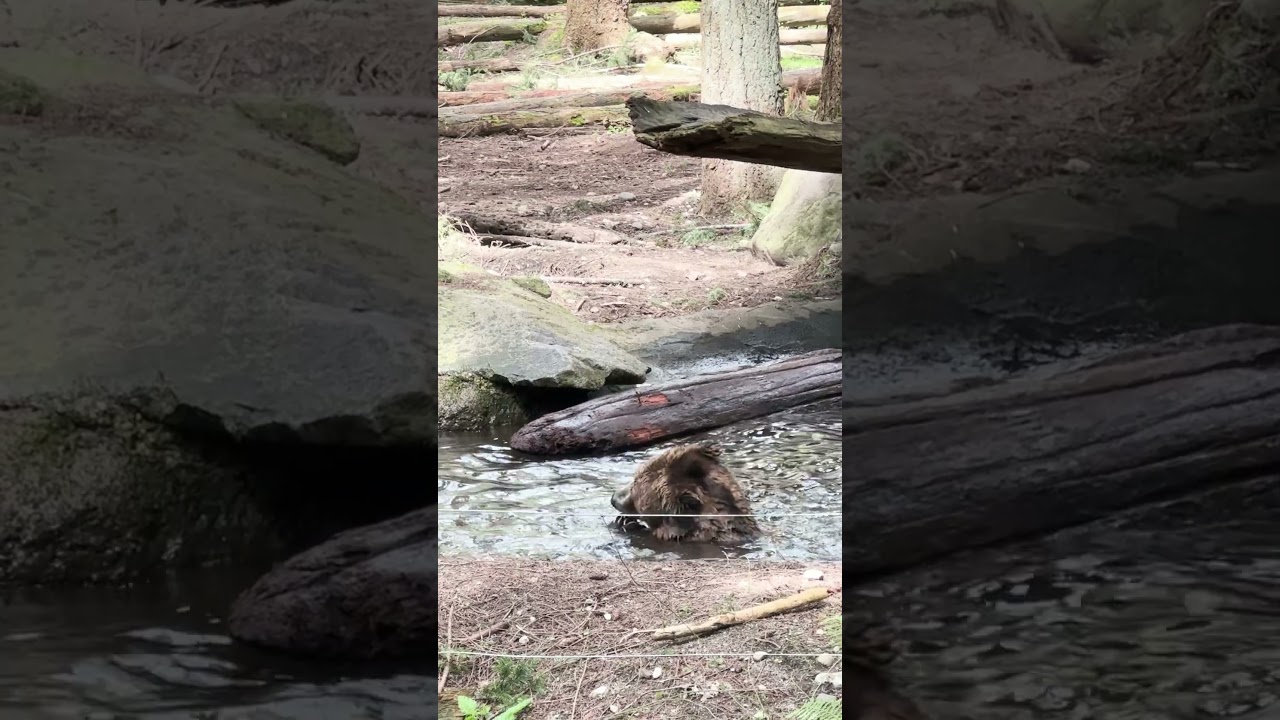- The behavior and ecology of bears, illustrated by Huckleberry.
- The role of enrichment in zoo management and animal welfare.
- Insights into wildlife conservation practices.
- The impact of conservation programs on biodiversity.
- Educational outreach and its significance for public awareness.
Huckleberry, often a beloved bear at the zoo, offers a fascinating glimpse into bear behavior and ecology. Bears like Huckleberry exhibit complex behaviors that are essential for their survival in the wild, and these actions can be observed even in managed environments such as zoos. The sight of Huckleberry finding a stick may seem trivial, but it reveals the intrinsic curiosity and adaptability bears have developed over millennia.
Bears are known for their intelligence and dexterity. In the wild, these traits assist them in foraging for food, navigating vast territories, and creating shelters. The stick Huckleberry found is more than a simple object; it becomes a tool for play, exploration, and mental stimulation. This behavior highlights the advanced cognitive capabilities of bears, which is critical for conservationists and zoo managers to recognize and support.
Ensuring the well-being of animals like Huckleberry in a zoo setting involves providing enriching environments that mimic aspects of their natural habitats. Enrichment is a cornerstone of modern zoo management, designed to promote psychological and physical health. These practices include introducing objects such as sticks, climbing structures, and puzzle feeders that encourage natural behaviors. Implementing such strategies is vital for preventing stereotypic behaviors, which are repetitive, invariant behaviors with no obvious goal or function often seen in animals without adequate enrichment.
Zoo management has progressed significantly over the years, focusing now on conservation and education. Facilities housing animals like Huckleberry play an essential role in wildlife conservation, offering safe havens for species threatened by habitat loss, poaching, and climate change. These conservation efforts often extend beyond the confines of the zoo, aiding in preserving biodiversity in ecosystems around the globe. Collaborative breeding programs maintain genetic diversity, which is crucial for the long-term survival of species like bears.
The impact of conservation programs on biodiversity is profound. Zoos contribute to ex situ conservation—conservation outside natural habitats—by maintaining breeding populations that can potentially be reintroduced into the wild. This helps bolster population numbers and genetics in areas where species have declined. Furthermore, zoos participate in in situ conservation efforts—projects that occur in natural habitats—by funding and assisting fieldwork aimed at habitat restoration and wildlife protection.
Educational outreach is another fundamental layer of wildlife conservation efforts. Zoos serve as educational platforms, raising awareness about the challenges faced by wildlife and the importance of conserving biodiversity. Engaging visitors through informative content about animals like Huckleberry fosters a connection with nature, inspiring future generations to participate in conservation. Programs designed to educate the public about the ecological roles of species and the threats they face can drive significant support for conservation initiatives.
In conclusion, the sight of Huckleberry finding a stick is a gateway to understanding broader themes in animal behavior, zoo management, and conservation. These interactions reflect the intricate ties between human stewardship and wildlife preservation. As zoos continue evolving as centers for conservation, they contribute substantially to the survival of species and the education of the public. These efforts are crucial for maintaining the balance of ecosystems and ensuring that species like the bear continue to thrive in the wild.
Throughout the article, Huckleberry serves as a symbol of the vital work being done to preserve wildlife. The interplay of behavior, enrichment, conservation, biodiversity, and education is essential to a sustainable future where humans and wildlife coexist harmoniously. By focusing on these elements, zoos not only cherish individual animals but also amplify a global commitment to preserving the natural world.
*****
Source Description
Huckleberry found a stick! 🐻
📹: Keeper Haley


